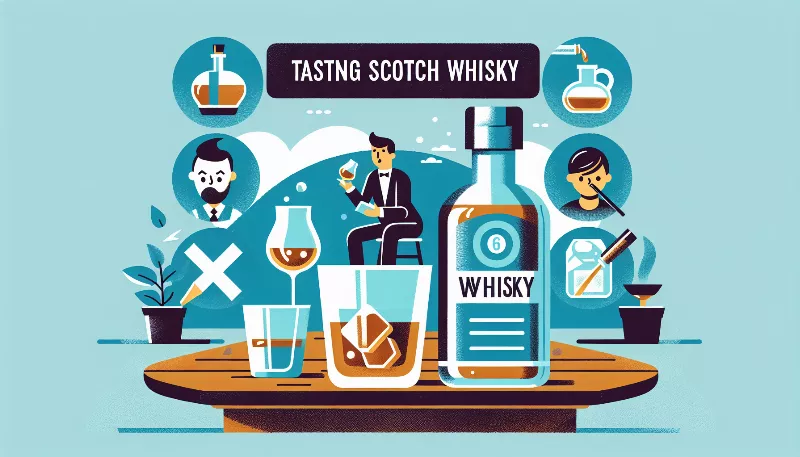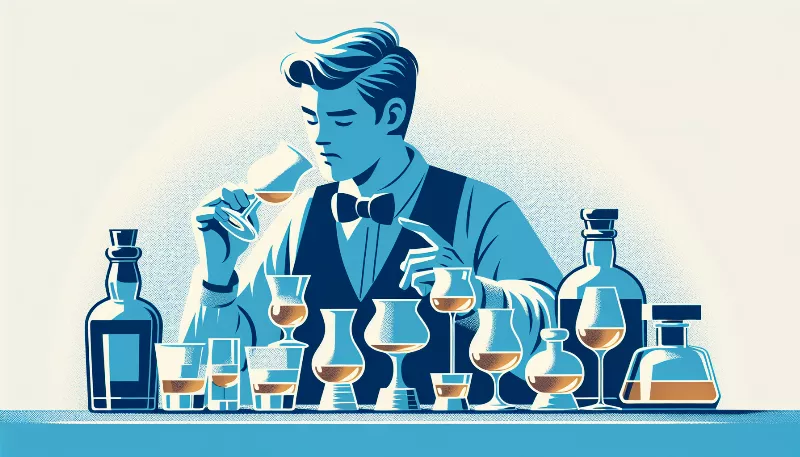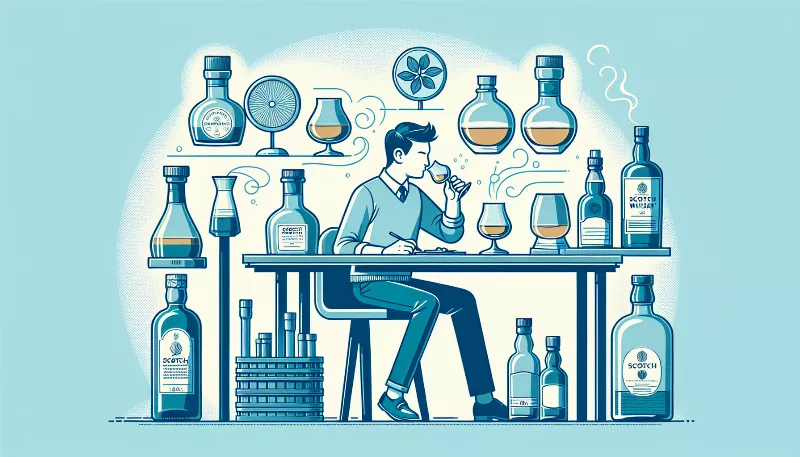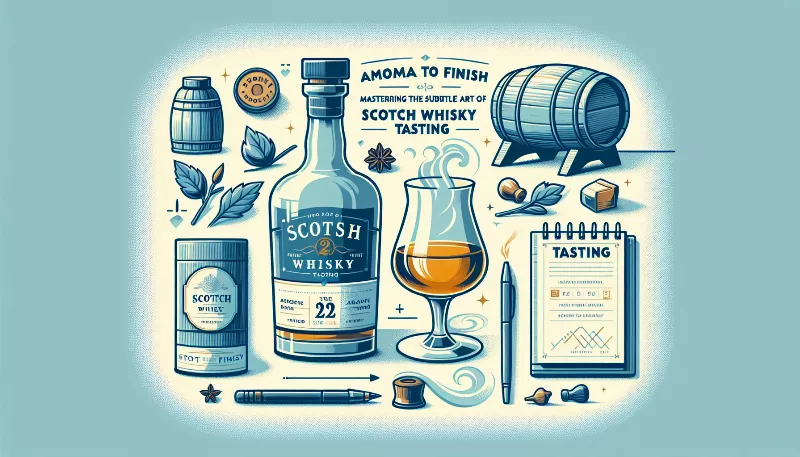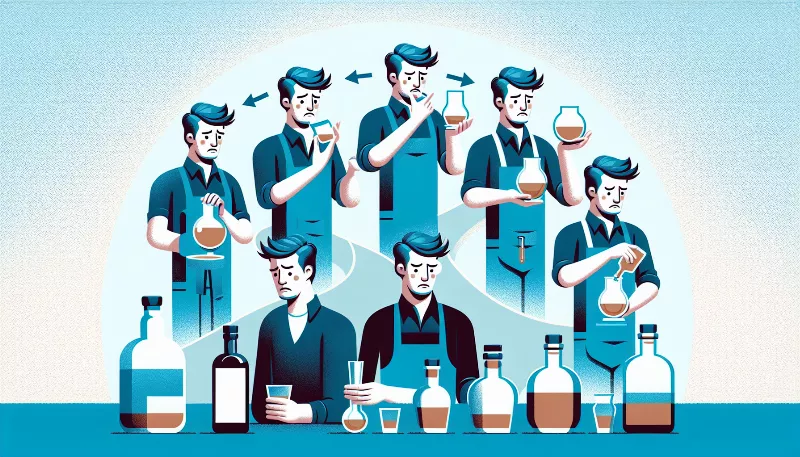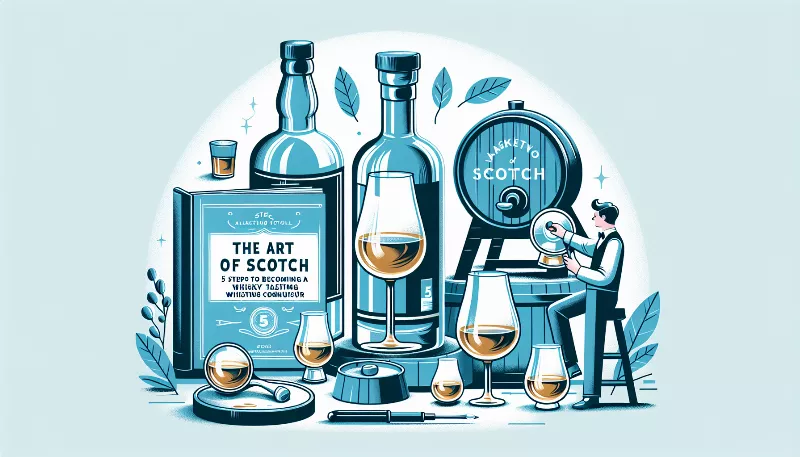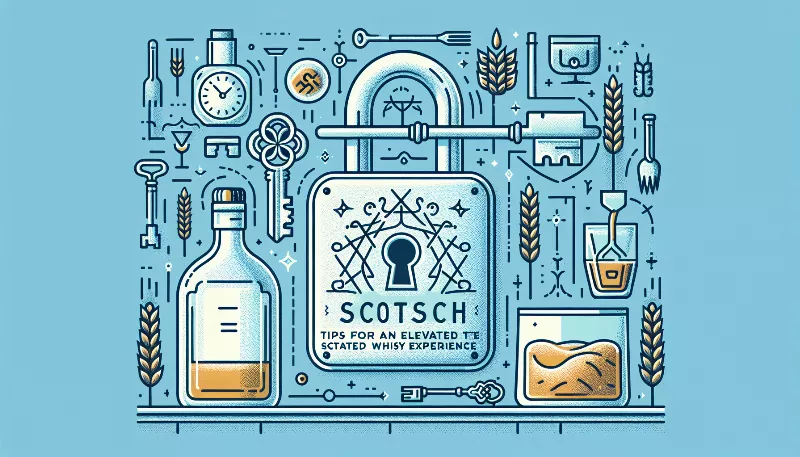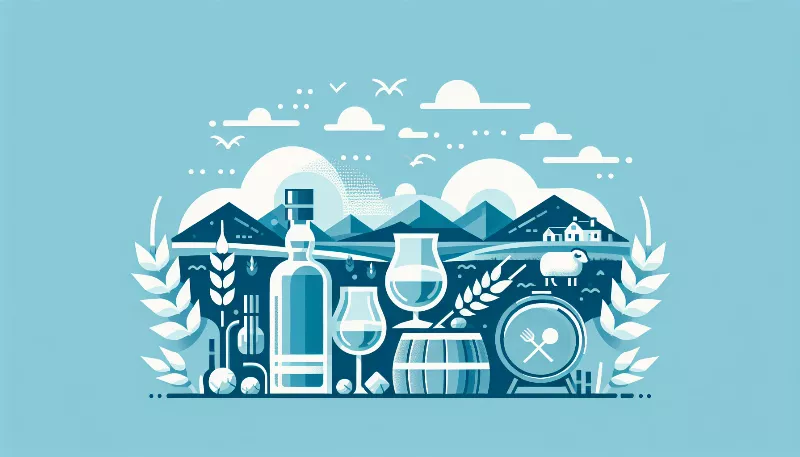What are the main stages involved in the production of Scotch whisky?
Discover the art of Scotch whisky production. Learn the essential stages from malting to maturation that craft its unique flavor. Sip the secrets now!
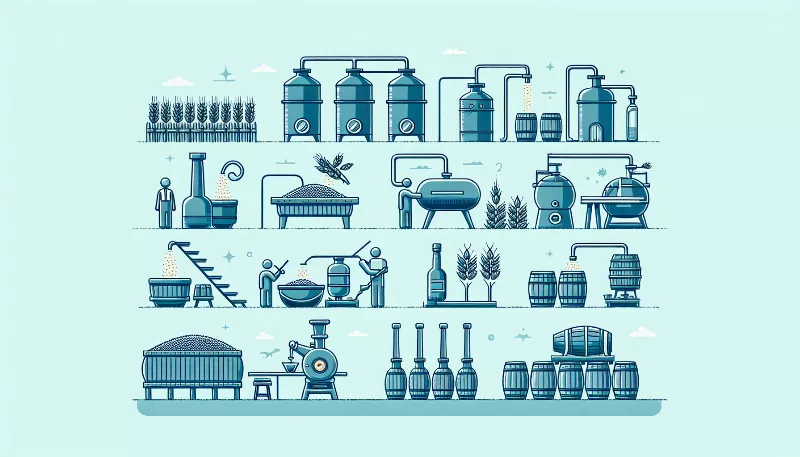
Embarking on the Whisky Trail
Imagine embarking on a journey through the misty glens and rolling hills of Scotland, where the art of whisky making has been perfected over centuries. The production of Scotch whisky is a craft steeped in tradition, a dance of science and nature that results in a spirit renowned worldwide for its complexity and character. Let's take an enthusiastic stroll through the main stages involved in creating this liquid gold.
Malted Marvels: The Malting Process
The first step in the whisky-making odyssey is malting. Barley, the chosen grain for Scotch, is soaked in water and allowed to germinate. This crucial stage awakens the enzymes within the barley, which will later play a pivotal role in converting starches into fermentable sugars. After a few days, when the barley has sprouted just right, it's time for drying. The grains are spread across a large floor and dried using hot air, often from a peat-fired kiln, which can impart that distinctive smoky flavor Scotch is famous for.
Mashing and Splashing: The Mash Tun Tango
Next up is mashing. The dried malt is ground into a coarse powder known as grist, which is then mixed with hot water in a large vessel called a mash tun. This porridge-like mixture, affectionately dubbed 'mash', is stirred, allowing the enzymes to work their magic, breaking down the starches into sugars. The result is a sweet liquid called 'wort' – the foundation upon which our whisky will be built.
Fermentation Fervor: The Birth of Alcohol
With the wort collected, it's time for fermentation. The wort is cooled and transferred to large vessels, typically made of wood or stainless steel, known as washbacks. Here, yeast is introduced, and the fermentation begins. Over the next 48 to 96 hours, the yeast feasts on the sugars, producing alcohol and carbon dioxide, along with a range of flavors that will influence the final product. This bubbling brew, now called 'wash', is essentially a type of beer, albeit one that's destined for greater things.
Distillation Delight: The Heart of Whisky
The 'wash' then makes its way to the still house for distillation. Scotch whisky is traditionally distilled twice in copper pot stills. The first distillation occurs in the wash still, where the wash is heated until the alcohol vapors rise and condense into a liquid called 'low wines'. The second distillation takes place in the spirit still, where the skill of the stillman comes into play, making cuts to separate the 'foreshots', 'heart', and 'feints'. It's the 'heart' that will continue on its path to becoming whisky, while the other parts are often redistilled.
Maturation Magic: The Waiting Game
Now we reach the stage of maturation. The clear, potent spirit, known as 'new make spirit', is filled into oak casks where it will slumber and mature. By law, Scotch whisky must age in oak barrels for at least three years and one day, but many distilleries go far beyond this minimum. It's during this time that the whisky develops its rich array of flavors and colors, drawing character from the wood and its previous occupants, which could have been bourbon, sherry, or even wine.
Bottling Brilliance: The Final Flourish
Finally, after years of patient maturation, the whisky is ready for bottling. But before it graces the shelves, it may be cut with water to reach the desired strength, and sometimes vatted or blended with other casks to achieve a specific flavor profile. Once bottled, the Scotch whisky is sealed, labeled, and set off on its journey to delight connoisseurs and casual sippers alike, all around the globe.
In conclusion, the production of Scotch whisky is a symphony of stages, each playing a critical role in crafting the final masterpiece. From malting to bottling, it's a process that combines ancient tradition with meticulous craftsmanship, resulting in a drink that's not just a beverage, but a cultural icon. Slàinte mhath!

